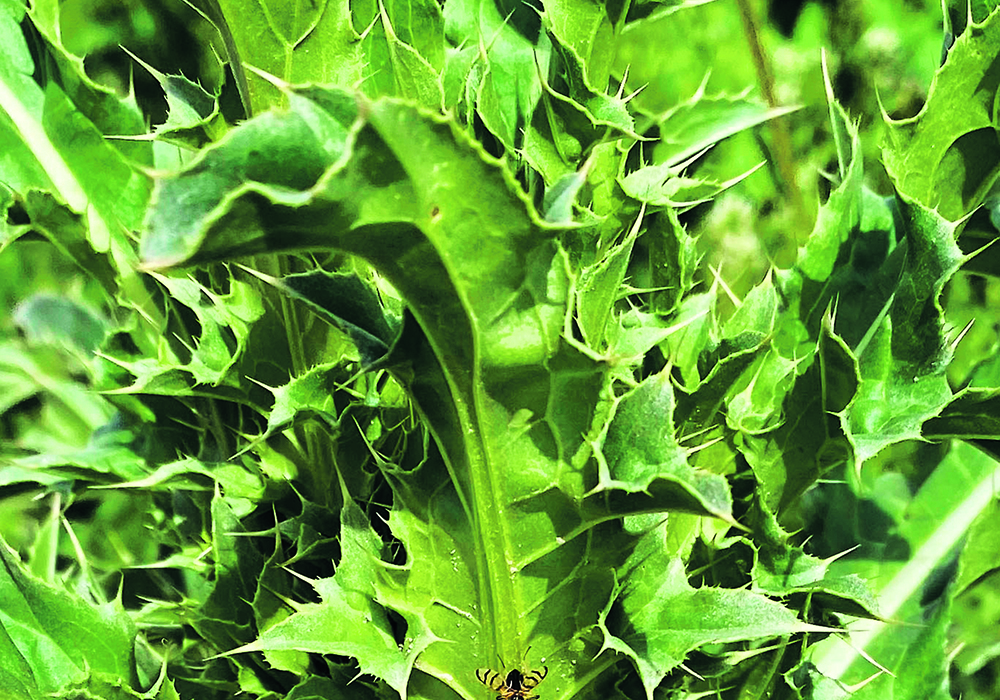Saltcedar has arrived in Western Canada, but it wasn’t unexpected.
Producers who deal with it and purple loosestrife consider saltcedar the worst of the two pasture pests.
Also known as tamarix, the plant was found in southern Saskatchewan last year.
Saltcedar wasn’t always thought of as a problem. It was originally imported to improve riparian areas by stabilizing stream banks and creating windbreaks in arid and otherwise inhospitable land.
It can take submersion, drought and salt. Its tap roots, capable of descending 30 metres and spreading over twice that distance, can sustain the pest under the worst conditions.
Read Also

Farming Smarter to hold Agronomy Battles series
Southern Alberta non-profit research institute hope grassroots sessions with producers help focus future research on cover crops, strip tillage and herbicide resistance
It is a heavy water user despite having a reputation for surviving in dry conditions. Mature plants draw up to 800 litres per day.
All that water can carry a lot of salt, which the saltcedar concentrates and excretes through leaves that fall and mix into the soil, killing non-salt tolerant plants in the area.
Saltcedar has taken over large cottonwood and willow stands in the United States, leaving the soil saline and difficult to reclaim.
Some tree nurseries and retail garden supply stores still market the Asian pest as Pink Cascade and Summer Glow.
The pink flowered, deciduous plant is tolerant of everything but shade. The diamond shaped leaves are bright green and structured like those of cedar plants. The thin leaves turn yellow in fall.
The flowers form in finger-like clusters and are two to five centimetres long. Seeds are in three to four millimetre long capsules, are less than half a mm long and have a hairy tuft at one end. These copious seeds are a primary source of reproduction, but buried branches and stems are also capable of sprouting vegetatively.
Waterways in Montana and North Dakota have accumulated silt where the plant has established itself in dense stands, which creates more habitat for its seeds.
Tamarix ramosissima, Tamarix pentandra, Tamarix chinensis and Tamarix parviflora are all present in North America and are all problems.
Cattle and sheep will eat the plant, but trampling in riparian areas can create its own problems.
Cutting followed by cultivation can be effective, but complete control is difficult with this method alone. Imazapyr and glyphosate are effective on foliage. Triclopyr and imazapyr are useful for cut stumps and stems. Application of herbicides in wetland areas may require certified applicators to do the work.














